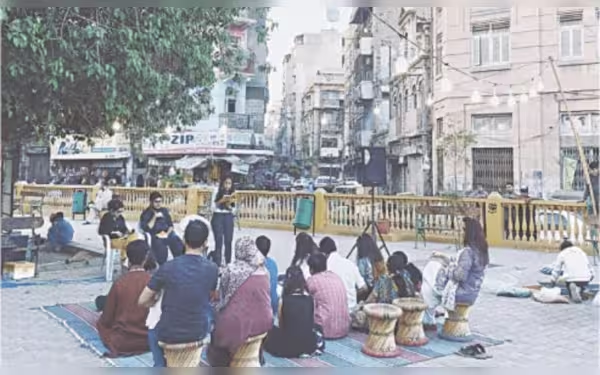Saturday, November 16, 2024 07:49 PM
Karachi's Investment in Community Spaces
- Community spaces unite Karachi's diverse population.
- Investment in these areas fosters social connections.
- Lack of facilities highlights need for improvement.
 Image Credits: dawn.com
Image Credits: dawn.comExplore Karachi's investment in community spaces and their role in fostering social connections and inclusivity.
Karachi, a bustling metropolis, is known for its vibrant culture and diverse population. However, amidst the chaos of urban life, the importance of community spaces often gets overlooked. These communal areas are not just patches of green or public parks; they are vital hubs where people from different backgrounds can come together, share ideas, and foster connections. The question arises: "Does Karachi invest in community spaces?" This inquiry is crucial as it touches upon the very fabric of social interaction in the city.
Historically, communal spaces have played a significant role in uniting Karachi’s diverse population. They serve as platforms for interaction, allowing individuals to engage with one another and discuss various topics, including politics. Without these physical spaces, how would creative minds and dissidents even learn about each other’s existence? It is in these areas that people can freely express their thoughts and opinions, contributing to a richer, more inclusive society.
In simpler terms, community spaces act as a "living room" for society. They create opportunities for interaction and loitering in a city that thrives on its diversity. Imagine a place where you can sit down with a stranger, share a cup of chai, and discuss the latest happenings in your neighborhood. This is the essence of what community spaces offer. They are not just locations; they are experiences that bring people together.
However, the question remains: Are we doing enough to invest in these vital spaces? The answer is complex. While there are some initiatives aimed at developing parks and community centers, many areas still lack adequate facilities. This gap highlights the need for more investment in community spaces to ensure that all citizens have access to places where they can connect and collaborate.
Moreover, investing in community spaces is not just about creating physical locations; it is about fostering a sense of belonging and ownership among residents. When people feel connected to their community, they are more likely to engage in civic activities and contribute positively to society. This, in turn, can lead to a more harmonious and cohesive urban environment.
The investment in community spaces in Karachi is not merely a matter of urban planning; it is a crucial step towards building a more inclusive and interactive society. As we move forward, it is essential for city planners, government officials, and citizens alike to recognize the value of these spaces. By prioritizing community areas, we can ensure that Karachi remains a city where diversity is celebrated, and connections are made. After all, a city is only as strong as the bonds between its people.













